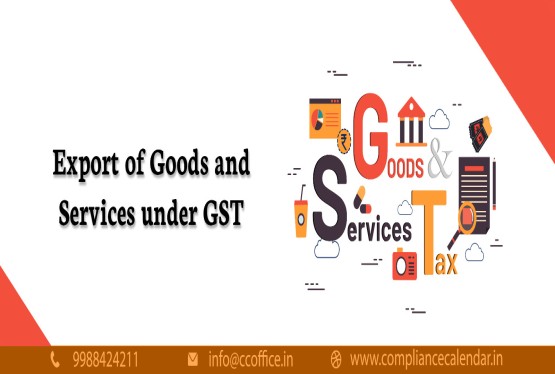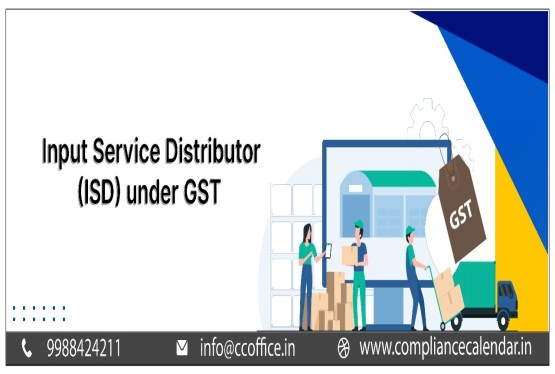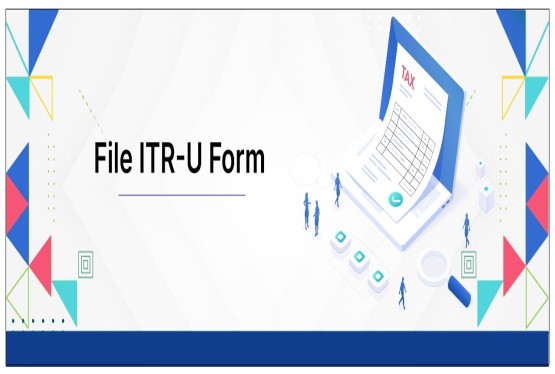The Government structure of India, which comprises two primary taxing authorities—the Central Government and the State Governments—has often led to overlapping jurisdictions between these entities. This overlap has resulted in instances of double taxation, particularly in the current indirect tax system, where goods and services are treated differently. However, in cases where goods, services, and other supplies are bundled together and sold as composite packages under various supply-chain arrangements, the distinction between goods and services becomes blurred, leading to dual taxation. This issue is evident in several scenarios. The distinction between excise duty, service tax, and value-added tax (VAT) has long been a source of confusion and litigation in India's indirect tax system. Excise duty is levied on the manufacture of goods, while service tax applies to the provision of services.
VAT, on the other hand, is imposed on the sale of goods. However, certain transactions, such as drawings and designs, commissioning and installations, and software, often fall into a gray area, leading to disputes over whether they should be classified as goods or services. Similarly, in sectors like AC restaurant services, works contracts, construction services, and intellectual property services, the overlap between service tax and VAT has resulted in double taxation.
Businesses often adopt a conservative approach to avoid unnecessary litigation by paying taxes on such disputed transactions. However, this practice exacerbates the double taxation problem, which has plagued the indirect tax system for years. The introduction of the Goods and Services Tax (GST) is expected to resolve these issues by creating a unified tax structure.
The Model GST Law, released on June 14, 2016, attempts to address these concerns through Schedule II of the Model CGST/SGST Act, which categorizes transactions as either the supply of goods or the supply of services.
Recent Changes After Budget-2025
The Union Budget for 2025-26, presented by the Union Minister for Finance and Corporate Affairs, Smt. Nirmala Sitharaman, in Parliament, introduces several amendments to the Goods and Services Tax (GST) laws aimed at facilitating trade and streamlining compliance. Key proposals include:
1. A provision has been introduced to allow Input Service Distributors (ISDs) to distribute input tax credit for inter-state supplies subject to reverse charge mechanism. This change will be effective from April 1, 2025.
2. A new clause has been added to define "Unique Identification Marking" to support the implementation of a Track and Trace Mechanism, enhancing transparency and accountability in supply chains.
3. The Budget proposes a provision for the reversal of input tax credit availed on credit notes issued to reduce the supplier's tax liability. This ensures proper adjustment of tax credits in line with the reduction in tax obligations.
4. In cases where appeals are filed before the Appellate Authority involving only penalty demands (without any tax demand), a mandatory pre-deposit of 10% of the penalty amount will be required.
5. Provisions have been introduced to impose penalties for contraventions related to the Track and Trace Mechanism, ensuring stricter compliance with the new system.
6. Schedule III of the CGST Act, 2017, has been amended to clarify that the supply of goods warehoused in Special Economic Zones (SEZs) or Free Trade Warehousing Zones (FTWZs) before clearance for export or domestic tariff areas will neither be treated as a supply of goods nor as a supply of services. Additionally, no refund will be allowed for taxes already paid on such transactions. This amendment will apply retrospectively from July 1, 2017.
7. The Budget includes definitions for 'Local Fund' and 'Municipal Fund' under the definition of "local authority," providing clarity for tax purposes.
8. Certain conditions and restrictions will be introduced for filing GST returns to ensure better compliance and accuracy in reporting.
These amendments will come into effect from dates to be notified in coordination with the states, based on the recommendations of the GST Council. The proposed changes aim to simplify GST processes, reduce disputes, and enhance the ease of doing business in India.
Supply of Goods vs. Supply of Services under GST
Schedule II provides clarity on what constitutes a supply of goods and a supply of services. The following are treated as a supply of goods:
1. Transfer of title in goods.
2. Transfer of future goods (where ownership will pass at a future date).
3. Transfer or disposal of business assets, with or without consideration.
4. Sale of business assets by any person to recover a debt.
5. Goods form part of business assets when a taxpayer ceases to be taxable.
6. Supply of goods by an unincorporated association to its members.
On the other hand, the following are treated as supply of services:
1. Transfer of the right to use goods.
2. Lease, tenancy, easement, or license to occupy land.
3. Lease or let out of buildings.
4. Job work performed on goods owned by others.
5. Personal or non-commercial use of business assets.
6. Renting of immovable property.
7. Construction of complexes, buildings, or civil structures, except where the entire consideration is received after the issuance of a completion certificate or before the first occupation.
8. Temporary transfer or permitting the use of intellectual property rights.
9. Development, design, programming, customization, adaptation, upgradation, enhancement, or implementation of information technology software.
10. Agreeing to refrain from an act, tolerate an act or situation, or perform an act.
11. Works contracts involving the transfer of property in goods.
12. Transfer of the right to use goods for any purpose, whether or not for a specified period.
13. Supply of food, beverages, or other articles for human consumption as part of a service.
Addressing Double Taxation under GST
The Model GST Law has made significant strides in resolving the long-standing disputes between the classification of goods and services. By clearly defining what constitutes a supply of goods and a supply of services, it aims to eliminate the ambiguity that has led to double taxation in the current regime. For instance, works contracts, which were previously subject to both service tax and VAT, are now treated as a supply of services under GST. Similarly, software transactions, which often faced classification issues, are now explicitly categorized as services.
However, while the Model GST Law provides a structured approach, its constitutional validity in certain areas remains untested. For example, the classification of complex transactions like construction services or the right to use movable goods may still face legal challenges. The Schedule II provisions, though well-intentioned, may not entirely eliminate disputes, especially when tested against constitutional principles.
Constitutional Validity of Treating Intangibles as Services
The Model GST Law explicitly categorizes intangibles as services under Section 2(88) of the Model CGST/SGST Act, 2016, while excluding them from the definition of "goods" under Section 2(48). However, this classification raises constitutional concerns. Article 366(12) of the Indian Constitution defines "goods" in an inclusive manner, stating that "goods include all materials, commodities, and articles." Furthermore, the Supreme Court of India has consistently held that this definition encompasses both tangible and intangible goods.
In the landmark case of Tata Consultancy Services vs. State of Andhra Pradesh (2004), the Supreme Court ruled that the term "goods" under Article 366(12) is broad enough to include all types of movable properties, whether tangible or intangible. The Court emphasized that even intangible assets, such as software, qualify as goods when they are marketed and sold. This judgment underscores the constitutional position that intangibles are to be treated as goods, not services.
Given this constitutional backdrop, the Model GST Law's classification of intangibles as services appears to conflict with the Constitution. If taxes are levied based on this definition, it could be seen as a violation of constitutional provisions, rendering the law ultra vires. This raises significant questions about the validity of treating intangibles as services under GST, particularly when the Constitution and judicial precedents classify them as goods.
Conclusion
The Model GST Law's attempt to resolve the goods-versus-services debate is commendable, but its treatment of intangibles as services may not withstand constitutional scrutiny. The inclusive definition of "goods" under Article 366(12) of the Constitution, supported by judicial interpretations, clearly encompasses both tangible and intangible assets. Therefore, the classification of intangibles as services under GST could be challenged on constitutional grounds. This highlights the need for a careful re-examination of the Model GST Law to ensure its alignment with constitutional principles and judicial precedents.
FAQs
Q1. What is the difference between excise duty, service tax, and VAT?
Ans. Excise duty is levied on the manufacture of goods, service tax applies to the provision of services, and VAT is imposed on the sale of goods. However, certain transactions, like software or construction services, often fall into a gray area, leading to disputes over their classification.
Q2. How has double taxation been a problem in India's indirect tax system?
Ans. Double taxation arises when transactions are subject to both service tax and VAT due to unclear classification. For example, works contracts, software, and construction services have historically faced this issue, forcing businesses to pay both taxes to avoid litigation.
Q3. How does GST address the issue of double taxation?
Ans. GST aims to create a unified tax structure by clearly categorizing transactions as either the supply of goods or the supply of services. Schedule II of the Model GST Law provides specific guidelines to eliminate ambiguity and reduce disputes.
Q4. What are some examples of transactions treated as the supply of goods under GST?
Ans. Transactions treated as the supply of goods include the transfer of title in goods, transfer of future goods, disposal of business assets, and supply of goods by an unincorporated association to its members.
Q5. What are some examples of transactions treated as the supply of services under GST?
Ans. Transactions treated as the supply of services include the transfer of the right to use goods, leasing of immovable property, construction services, software development, and works contracts involving the transfer of property in goods.
6. Are there still potential challenges with the GST classification of goods and services?
Ans. Yes, while the Model GST Law provides clarity, its constitutional validity in certain areas, such as construction services or the right to use movable goods, remains untested. These areas may still face legal challenges and disputes.









_crop10_thumb.jpg)

















































































_for_FY_2025-26_crop10_thumb.jpg)












_learn_crop10_thumb.jpg)








_Filing_Due_Dates_for_FY_2024-25_learn_crop10_thumb.jpeg)










